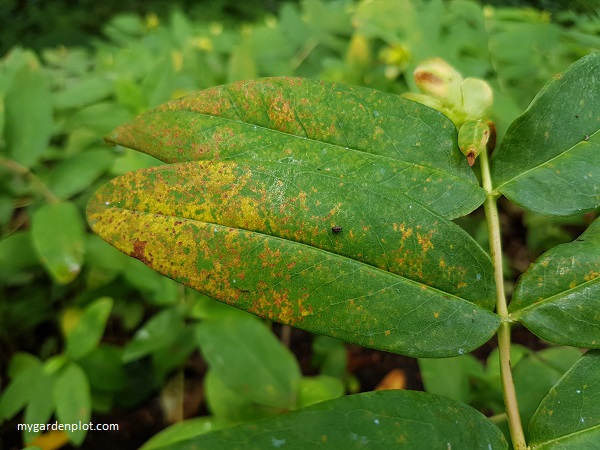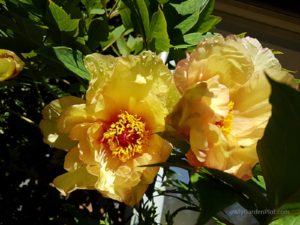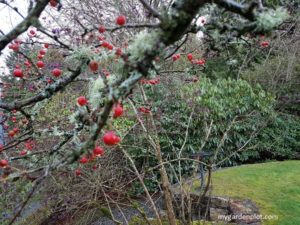About Rust: A Common Fungal Disease
Rust plant disease is one of the common fungal diseases that crops up occasionally in the garden. As with powdery mildew and anthracnose fungal disease, learning how to identify and treat rust fungal problems, and how to control it from spreading is important. Rust can spread easily especially with rust-prone plants but if treated early you can ensure it limits damage and spreading to other plants in the garden.
There are various rust fungi that affect specific plants. However, they more or less have similar symptoms and methods of control that can be applied safely in most domestic gardens. Regular inspection for symptoms and early action can prevent the rust problems. Here’s to breaking the fungal disease cycle.
How To Identify Rust Problems
Rust can be identified by patches of spores that resemble ‘rusty’ spots on leaves. These powdery pustules vary in colour from yellow to orange-red and brown. The rust spots initially appear on the new foliage’s underside before it is noticed on the topside of the leaf. In addition to leaves, rust can also appear on stems, flowers and even on seed pods. This plant disease often manifests itself during the growing season, though rust can occur later in summer. It just needs the right environment to thrive.
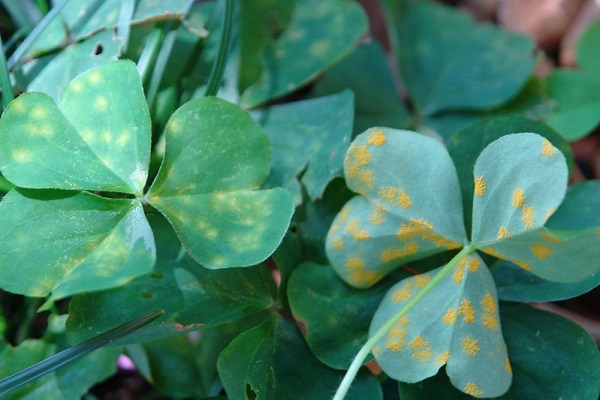
Conditions That Create Rust Plant Disease
High humidity can encourage various fungal diseases. Rust disease is no different. In particular it thrives in cool and damp conditions, while dry and hot weather can halt the spread of rust. Lack of good air flow and overhead irrigation are primarily the main factors contributing to this plant disease.
In the Pacific Northwest, rust can make its appearance in late spring and early summer, during the height of the growth season, and when the conditions become perfect for this fungal disease. Some plants, such as roses, can become affected in late summer. Affected plants will most likely shed its leaves and the stressed plant may be stunted.
Plants pruned to encourage good air circulation and keeping the leaves dry with effective irrigation helps limit the conditions for fungal disease to thrive. As well, removing garden debris and keeping the garden bed tidy reduces the risk.
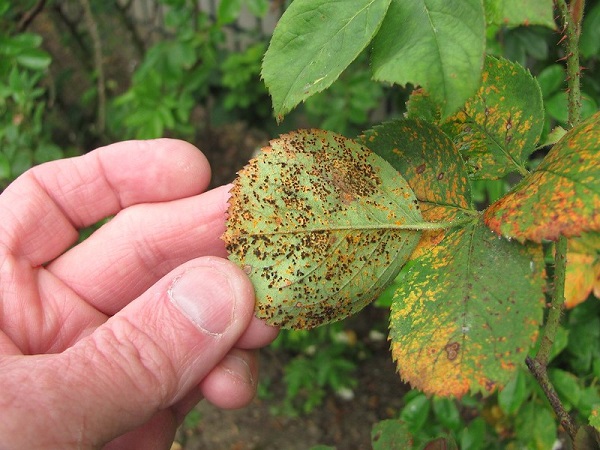
When And How To Control And Treat Rust
Keeping a healthy garden starts with good soil conditions, and ensuring your plants are strong and able to resist disease. Avoid overhead watering whenever possible, especially with susceptible plants. Ensure plants are pruned to provide good air circulation, which helps the foliage dry quickly. Additionally, good plant upkeep with fertilizing and mulching so they are not stressed but strong enough to withstand infection can go a long way to limit risk.
Pruning infected plants help to bring rust disease under control. If only a few leaves are affected, remove the diseased leaves that have the rust spots. Check the underside of leaves for early stages of rust. Some plants particularly prone to rust disease, like a creeping St John’s wort shrub benefit from cutting down completely to the soil level in the winter. Rake and remove all the infected leaves from the area to avoid re-infection. Diseased plant matter should be destroyed or burned to stop further spread. Do not add to your compost.
Rust fungi overwinter on host plants and garden debris. Removing fallen leaves and any fruit or plant matter at the end of the season is essential in breaking the cycle of reinfection.
Applying lime sulphur or using dormant oil spray (horticultural oil) can effectively prevent rust by killing the overwintering fungi. Always check the product label as some plants are sensitive to lime sulphur applications. Sprays, like dormant oil, need to be applied in winter to avoid foliage damage especially to buds and new shoots in spring.
As with any pruning, always disinfect pruning tools to limit contamination and spread to healthy plants.
Of course, as is so often recommended, planting resistant varieties is the best course of action whenever possible.
RELATED TOPIC: How To Manage Garden Pests And Diseases
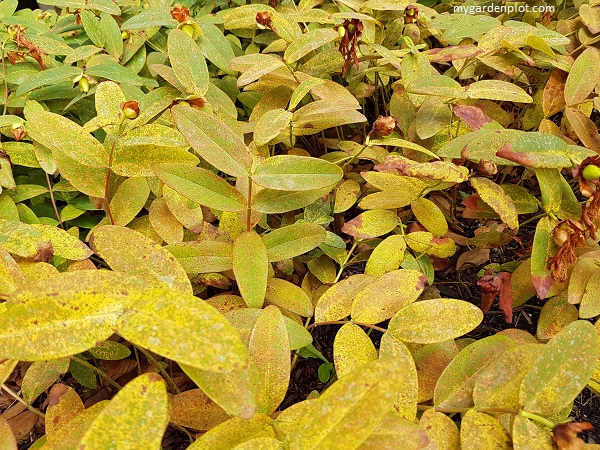
Plants At Risk Of Rust Plant Disease
Various plants are susceptible to rust fungal disease, including Hypericum (St John’s wort), hollyhock, rose bushes, and fuchsias. Vegetables and fruit trees can also be affected by rust disease.

